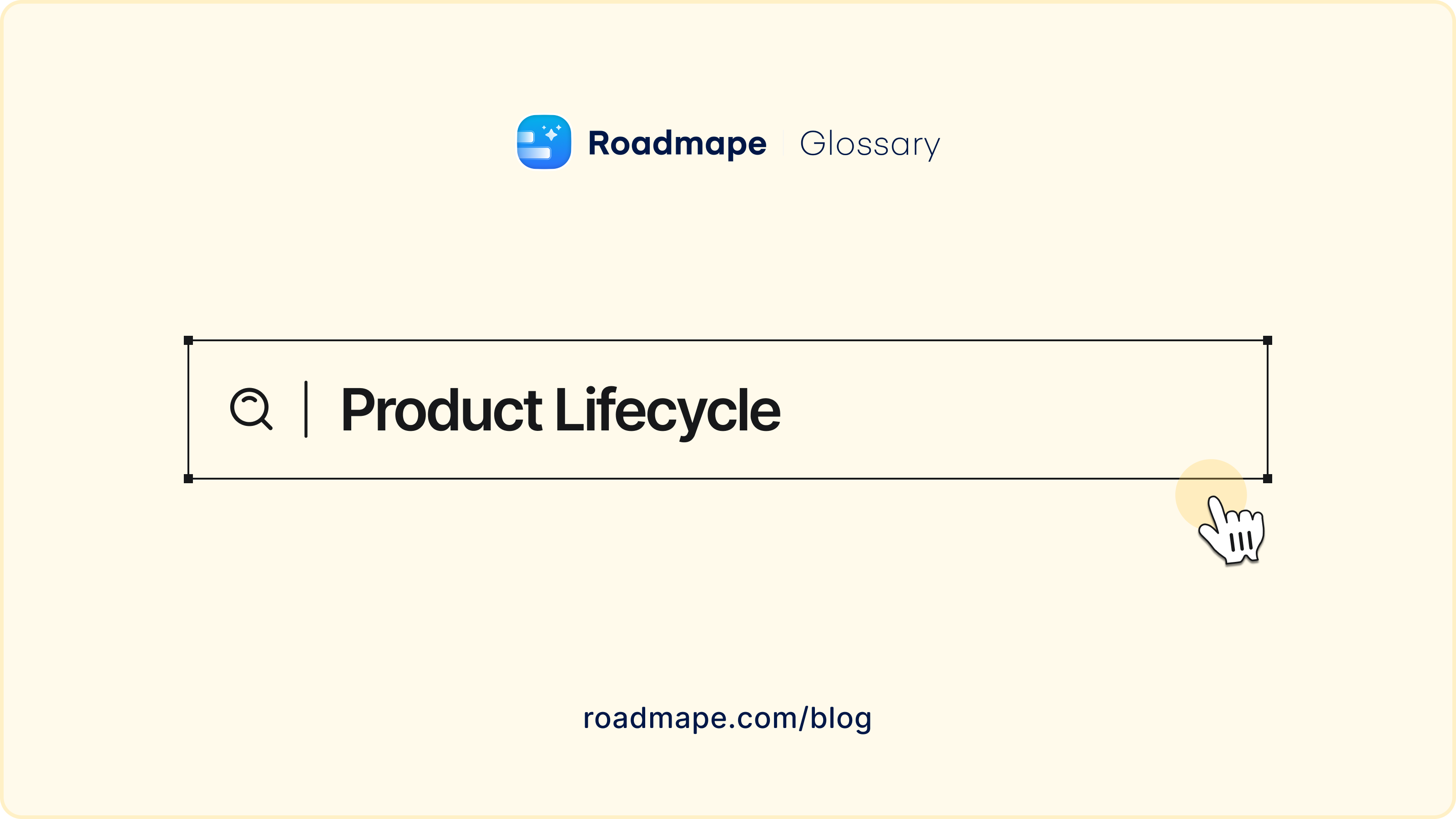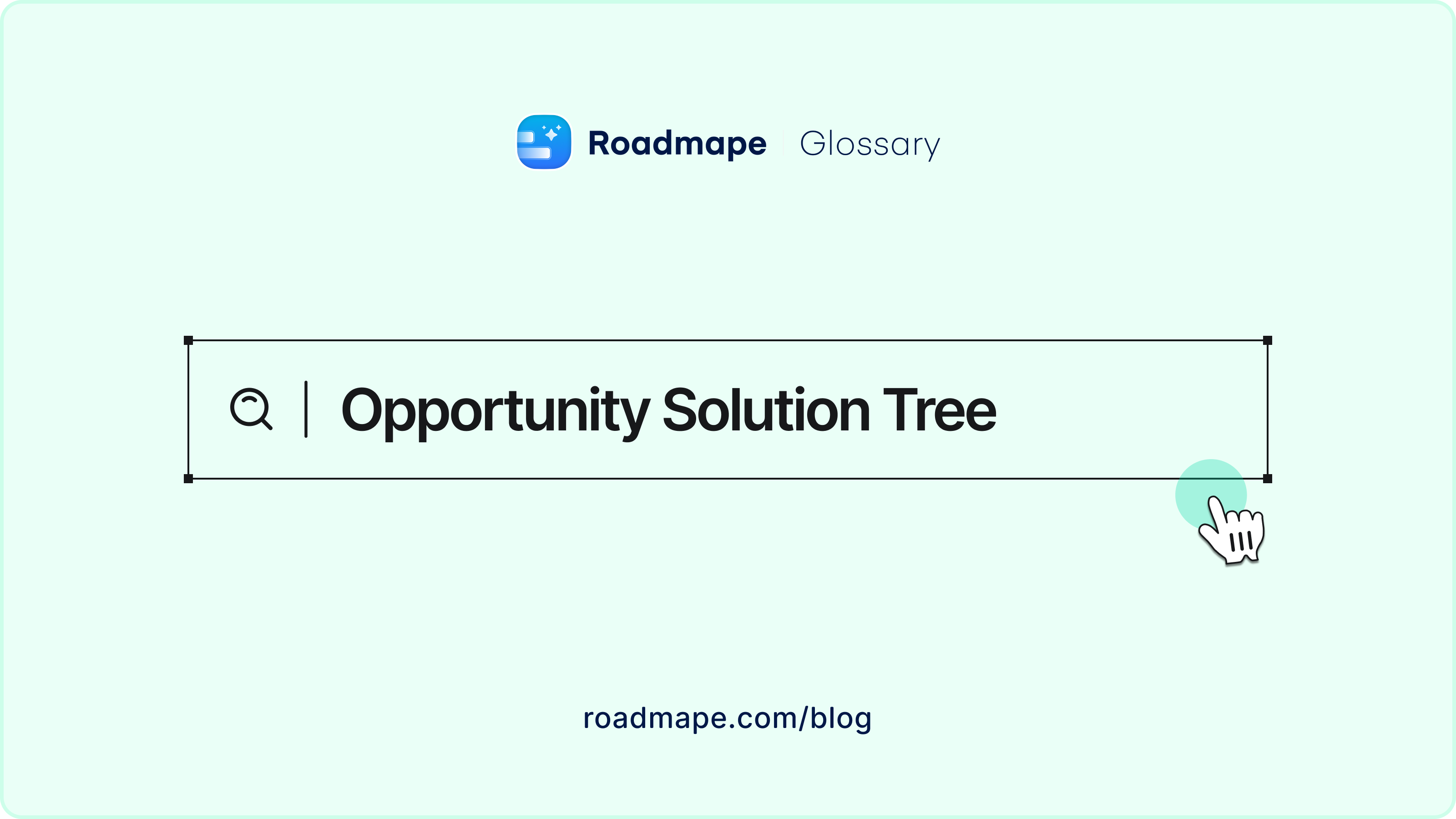What is Product Lifecycle? Key Stages of the Product Lifecycle
Product Lifecycle Management (PLM) is crucial in effectively managing these stages.

What is Product Lifecycle?
The product lifecycle is an essential concept in marketing and product management that outlines the stages a product goes through from its development to discontinuation. Companies may consider discontinuation or modifications to extend the product's life.
Product Lifecycle Management (PLM) is crucial in effectively managing these stages. PLM streamlines product development, reduces errors, enhances quality control, and leads to cost savings.
It also provides a competitive advantage, helps in environmental sustainability, and improves customer satisfaction. PLM ensures products are effectively managed from inception to retirement, ultimately leading to improved profitability and competitiveness.
In a rapidly evolving market, understanding and applying the principles of PLM is vital for any company seeking long-term success and sustainable growth.
By embracing this methodology, businesses can stay agile and responsive to changing consumer demands, making it easier to introduce new products and remain competitive in a dynamic marketplace.
Key Stages of the Product Lifecycle
The product lifecycle consists of several key stages that a product typically goes through from its introduction to its eventual decline. These stages are crucial for businesses to understand in order to effectively manage their products and make informed decisions about marketing, pricing, and development.
The key stages of the product lifecycle are:
Growth:
- The product gains acceptance, and sales begin to increase at a faster rate.
- Consumers become more aware of the product, and word-of-mouth referrals may contribute to growth.
- Competitors may enter the market, leading to increased competition.
- Marketing efforts shift toward differentiation and market expansion.
Maturity:
- Sales in this stage level off and stabilize.
- The market becomes saturated, with most potential customers already aware of and using the product.
- Competition intensifies, and price wars may occur.
- Marketing strategies focus on customer retention, product improvement, and cost control.
Decline:
- In the decline stage, sales start to decline, and the product becomes less profitable.
- Consumer interest wanes, and the market may shrink.
- Companies must decide whether to discontinue the product or revamp it to extend its life.
- Marketing efforts may involve targeted promotions to the remaining loyal customer base.
Extension (optional):
- Some products can be extended through strategies like product improvements, new features, or targeting new market segments.
- This stage can temporarily revitalize a product and delay its decline.
Termination:
- Ultimately, a product may reach the end of its lifecycle and be discontinued.
- Resources can then be reallocated to new product development or other business endeavors.
For more knowledge about product lifecycle 👇🏻
Understanding_the_Stages_of_the_Product_Life_Cycle.pdf
Product Lifecycle Management (PLM)
Product Lifecycle Management (PLM) is a strategic approach that organizations use to manage the entire lifecycle of a product, from its initial concept and design through production, service, and disposal.
PLM involves the integration of people, processes, business systems, and information to efficiently manage all aspects of a product's life, ensuring that the right information is available to the right people at the right time.
Key components of PLM include Product Data Management (PDM), collaboration and communication, the digital twin, workflow and change management, configuration management, compliance and regulatory management, and maintenance and service management.
The benefits of PLM include improved product quality, faster time-to-market, cost reduction, enhanced innovation, increased collaboration, and regulatory compliance. However, there are challenges in implementing PLM, including cultural resistance, integration complexity, data management, cost and return on investment considerations, change management, scalability, and security and data privacy concerns.
Strategies for Each Phase
The product lifecycle consists of several distinct phases, each of which requires different strategies to effectively manage and maximize a product's success. These phases typically include Introduction, Growth, Maturity, and Decline. Here are strategies for each phase:
Growth Phase:
- Market Expansion: Explore new segments and geographic markets.
- Product Improvement: Continuously enhance product features and quality.
- Pricing: May maintain prices or increase them as demand rises.
- Promotion: Emphasize differentiation and competitive advantages.
- Distribution: Widen distribution channels to meet growing demand.
Maturity Phase:
- Diversification: Introduce product variants or extensions.
- Cost Control: Streamline operations and reduce production costs.
- Competitive Pricing: Compete on price while maintaining product quality.
- Marketing: Focus on brand loyalty, customer retention, and customer service.
- Distribution: Optimize distribution efficiency and expand globally if feasible.
Decline Phase:
- Product Rationalization: Evaluate the product line and discontinue unprofitable products.
- Cost Reduction: Reduce costs to maintain profitability in a shrinking market.
- Inventory Management: Reduce inventory and production levels.
- Focus on Core Customers: Concentrate on core customer segments for sustainable revenue.
- Exit Strategy: Decide whether to phase out or reinvent the product, or possibly sell the brand or technology.
It's important to note that not all products go through every stage, and the duration of each phase can vary significantly depending on the industry, market conditions, and the product itself. Additionally, some products may experience a resurgence or a second growth phase through innovation or repositioning.
https://www.youtube.com/watch?v=Vp_Ndyq_p2g
Metrics and KPIs for Product Lifecycle Management
Product Lifecycle Management (PLM) is a comprehensive approach to managing the entire lifecycle of a product from its initial concept through design, development, manufacturing, and end-of-life. To effectively manage and measure the success of a PLM system, it's essential to track key metrics and Key Performance Indicators (KPIs) throughout the product's lifecycle.
These metrics and KPIs can help organizations ensure that products are developed efficiently, meet customer requirements, and remain competitive. Here are some common metrics and KPIs for PLM:
- Time-to-Market (TTM): Time-to-Market (TTM) is a critical concept in product lifecycle management and product development. It refers to the amount of time it takes from the initial conception of a product or idea to the point at which it is ready for launch or release in the market. TTM is a key performance indicator for businesses and can have a significant impact on a product's success and competitiveness.
- Product Development Cost: Product development costs play a significant role in the product lifecycle. These costs encompass all the expenses associated with bringing a new product from the initial concept to its market launch and beyond. Understanding and managing these costs are crucial for the success and profitability of a product.
- Product Quality: Product quality is a central aspect of the product lifecycle. It plays a critical role in determining a product's success in the market and its ability to meet customer expectations. Quality considerations are relevant at every stage of the product lifecycle, from conceptualization to end-of-life.
- Product Innovation: Product innovation is a vital component of the product lifecycle, driving a company's competitive advantage, market growth, and customer satisfaction. Innovation is not limited to a single stage but should be integrated throughout the entire product lifecycl
- Product Performance: Product performance is a critical aspect of the product lifecycle. It refers to how well a product functions, delivers on its intended purpose, and meets or exceeds customer expectations. Monitoring and ensuring consistent product performance is vital to a product's success and the reputation of the brand.
- Product Cost Management: Product cost management is a vital aspect of the product lifecycle that involves controlling and optimizing costs associated with developing, manufacturing, and maintaining a product. Efficient cost management is essential for achieving profitability, staying competitive, and delivering value to customers.
- Product End-of-Life Management: Product end-of-life management is the phase of the product lifecycle that deals with the retirement, disposal, or discontinuation of a product. It's a crucial part of responsible business practices, especially in terms of environmental sustainability, regulatory compliance, and customer relationships.
These metrics and KPIs can help organizations measure the effectiveness of their Product Lifecycle Management strategies, identify areas for improvement, and ensure that products are developed and managed successfully throughout their lifecycle.
The specific metrics and KPIs to use may vary depending on the industry, product type, and organizational goals.
VI. Case Studies
A. Real-world examples of successful product lifecycle management
B. Examples of product failures due to poor lifecycle management
Emerging Trends in Product Lifecycle Management
Product Lifecycle Management (PLM) is an essential practice for organizations looking to manage their product development processes efficiently. Several emerging trends are shaping the field of PLM, making it more capable, user-friendly, and integrated with other technologies. Here are some of the key emerging trends in Product Lifecycle Management:
- Cloud-Based PLM: Cloud technology is transforming PLM by enabling remote access, scalability, and flexibility. Cloud-based PLM solutions reduce the need for on-premises infrastructure and allow for collaboration among geographically dispersed teams.
- AI and Machine Learning: AI and machine learning are being integrated into PLM systems to optimize product design, predict maintenance needs, and enhance decision-making. These technologies can analyze large datasets to provide valuable insights and automate routine tasks.
- IoT Integration: The Internet of Things (IoT) is increasingly being incorporated into PLM to collect real-time data from connected devices and sensors. This data can be used to track product usage, monitor performance, and provide feedback for design improvements.
- Augmented Reality (AR) and Virtual Reality (VR): AR and VR technologies are used in PLM for product design and visualization. They enable users to interact with 3D models and simulate product functionality, making it easier to identify potential issues and collaborate in a more immersive environment.
- Blockchain for Supply Chain and Traceability: Blockchain technology is being used to enhance transparency and traceability throughout the supply chain. It can help verify the authenticity of components, track changes in product configurations, and ensure the integrity of data.
- Advanced Analytics: Advanced analytics tools are improving decision-making within PLM. They can provide insights into market trends, customer feedback, and performance data, helping companies make more informed product development decisions.
This glossary provides a comprehensive overview of the product lifecycle, including its key stages, strategies, metrics, and the role of Product Lifecycle Management (PLM) in the process. It also touches on emerging trends and includes case studies for practical insights.
FAQ
1- When conducting a product lifecycle analysis, how do you assess the impact of market variables and consumer behavior?
When conducting a product lifecycle analysis, you assess the impact of market variables and consumer behavior by analyzing data on market trends, customer preferences, and competitive dynamics. This analysis helps you make informed decisions at each stage of the product's life cycle.
2- How is market research and competitive analysis performed during the development stage of a new product, and how do these insights contribute to the success of the product?
Market research during the development stage involves gathering data on customer needs and preferences, while competitive analysis assesses the strengths and weaknesses of existing products in the market. This information is vital for product design and positioning.
3- What are the critical costs and investments at each stage of the product lifecycle, and what strategies are employed to manage these costs?
Costs at each stage of the product lifecycle include research and development, production, marketing, and distribution expenses. Effective cost management involves optimizing these costs to maximize profitability.
4- What are the strategies for extending the product lifecycle, and how is cost-benefit analysis conducted when implementing these strategies?
Extending the product lifecycle can be achieved through strategies like product enhancements, diversifying target markets, or entering new geographic regions. Cost-benefit analysis helps in evaluating the feasibility of these strategies.
5- How can sustainability principles be integrated into product lifecycle management, and how do sustainability strategies affect the product lifecycle?
Integrating sustainability into product lifecycle management involves considering environmental and social impacts at every stage, from materials sourcing to end-of-life disposal. Sustainable practices can improve a product's reputation and reduce long-term costs.
6- What are the specific challenges faced when managing the product lifecycle in a global market as opposed to a domestic market, and how are these challenges addressed?
Managing the product lifecycle in a global market may involve dealing with varying regulations, cultural differences, and market preferences. Adaptation and localization strategies are essential to address these challenges.
7- Can you explain how advanced technologies like data analytics and artificial intelligence can be used in product lifecycle analysis?
Advanced technologies like data analytics and artificial intelligence can be used to analyze vast datasets for market trends, consumer behavior, and predictive modeling, providing valuable insights for decision-making.
8- How is logistics and supply chain management integrated with product lifecycle strategies, and what advantages does this integration offer?
Integrating logistics and supply chain management into product lifecycle strategies ensures efficient production and distribution. This integration can optimize cost, reduce lead times, and improve product availability.
9- How are risks and uncertainties addressed in product lifecycle management, and how do these factors impact strategic decisions?
Risks and uncertainties in product lifecycle management are managed by conducting risk assessments and scenario planning. Strategies may include diversifying products or markets to mitigate potential losses.
10- What strategic tools and methodologies can be used to predict future market changes and adapt product lifecycle strategies accordingly?
Strategic tools and methodologies for predicting future market changes include scenario planning, trend analysis, and predictive modeling using historical data and market research. These techniques help in adjusting product strategies proactively.
TL;DR
- The product lifecycle is a concept in marketing and product management that outlines the stages a product goes through from development to discontinuation.
- Product Lifecycle Management (PLM) streamlines product development, reduces errors, and enhances quality control.
- The key stages of the product lifecycle include Growth, Maturity, Decline, Extension (optional), and Termination.
- Different strategies are employed for each stage, such as market expansion and cost control.
- PLM integrates data, processes, and information to optimize product management.
- Benefits of PLM include improved product quality, cost reduction, and innovation, but implementation challenges like cultural resistance and data management exist.
- Metrics and KPIs, like Time-to-Market and Product Quality, measure the effectiveness of PLM.
- Real-world examples and emerging trends in PLM are also discussed, including cloud-based PLM and AI integration.


